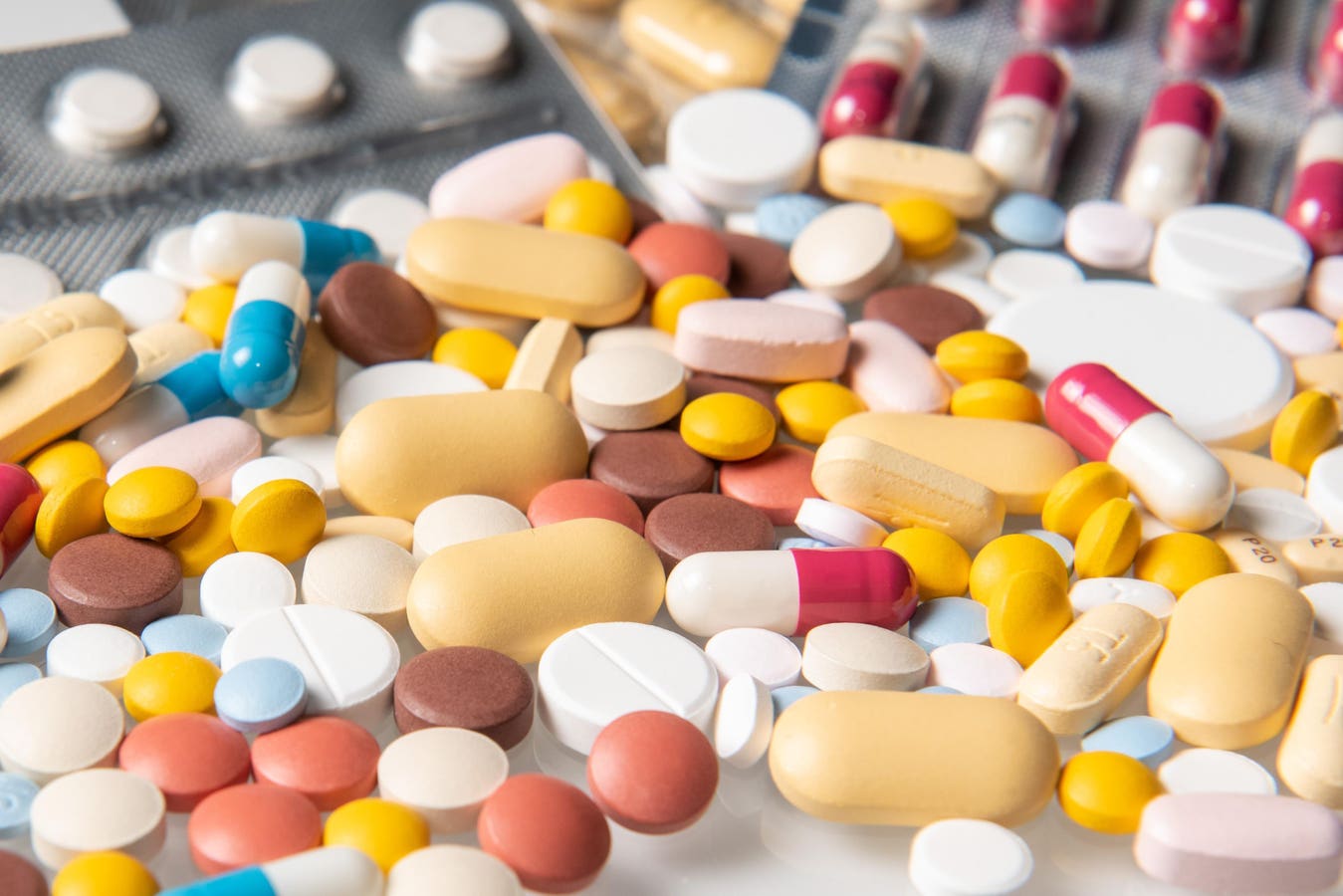Concerns about the safety of over-the-counter eyedrops resurfaced last month when the FDA issued a warning to consumers to avoid using more than two dozen eye care products due to bacterial contamination at their manufacturing plants. But this wasn’t a newly discovered risk.
The first news of a serious outbreak of eye infections caused by a highly drug-resistant strain of bacteria was reported by the CDC’s Health Alert Network on February 1, 2023. Laboratory testing determined that artificial tears were the source. Although the contaminated product was swiftly pulled from the market, the outbreak ultimately infected 81 people in 18 states. Fourteen lost their vision and four died.
The FDA responded by boosting inspections of overseas manufacturing plants, which had sharply declined during the pandemic. But it did not issue its sweeping warning about additional products until late October, nine months after the CDC’s alert.
Contamination of OTC Products is Unusual, But Not Unprecedented
This is not the first time contaminated over-the-counter products have reached consumers. For example, in 2021 Valisure, a Connecticut-based independent laboratory, found benzene, a known carcinogen, in several brands of hand sanitizer, spray sunscreen and other aerosol skin care products. Valisure also found cancer-causing substances such as NDMA in some generic drugs, including Ranitidine (Zantac). In each case, recalls followed.
Are America’s Generic Drugs Safe?
On its public-facing website, the FDA states “a generic drug is a medication created to be the same as an already marketed brand-name drug in dosage form, safety, strength, route of administration, quality, performance characteristics, and intended use.” Because generic drugs are less expensive than their brand-name counterparts, sales have grown to the point that they represent about 90% of prescriptions dispensed in the U.S.
Because each manufacturer’s version of a generic drug must be approved by the FDA before it can be legally sold in the U.S., physicians and patients assume that generic drugs are as safe and effective as the brand-name drugs they emulate. The FDA reinforces this view by asserting to the public that “a generic medicine works in the same way and provides the same clinical benefit as the brand-name medicine. In other words, you can take a generic medicine as an equal substitute for its brand-name counterpart.”
The good news is that this statement is usually true. The bad news is that it is not always true. Problems with generic drug quality and safety can and have occurred, and patients have been harmed. In fact, about two-thirds of drug shortages in the U.S. are triggered by quality or safety concerns. Unfortunately, without access to product testing data, consumers and health care providers have no way to distinguish generic drugs made by reliable companies from those produced by less conscientious ones.
Three overlapping factors led to this state of affairs:
1. Competition
The Hatch-Waxman Act of 1984 created a streamlined pathway for FDA approval of generic drugs. In the early days it worked well, but as competition intensified, drug wholesalers scoured the globe to find lowest-cost producers of generic drugs. Since large-volume buyers believe that quality is assured by the FDA, the only criterion they consider is price. The “race to the bottom” that ensued left manufacturers with razor-thin margins.
2. Globalization
Domestic manufacturers found it nearly impossible to compete with companies in countries with low labor costs, less stringent oversight and in some instances, illegal trade practices. Over time, most generic drug production shifted overseas. Today, the United States largely relies on other countries, particularly India and China, for its generic drugs as well as the raw materials and active pharmaceutical ingredients required to make them.
3. Limited Oversight
Globalization of generic drug production is straining the FDA’s ability to protect the public. Once a manufacturer is approved to sell its generic drug in the U.S., the FDA relies on paperwork reviews and occasional plant inspections to ensure that the company complies with “Good Manufacturing Processes.” The FDA does not routinely test the medications these plants produce.
In contrast, the National Highway Traffic Safety Administration crash-tests cars and uses the findings to compile easily understandable safety ratings, which it shares with the public on the agency’s website. It also leverages the work of watchdog entities such as the Insurance Institute of Highway Safety and Consumer Reports.
A Private Sector Solution
Rather than wait for Congress or the FDA to act, health systems, pharmacy chains and the three big drug distributors that dominate the U.S. market could conduct independent testing to identify high-quality products. Kaiser Permanente and the University of Kentucky Health System are already doing some product testing, either internally or through an outside lab. Recently, the U.S. Department of Defense initiated a pilot program with Valisure to assess the quality and safety of essential generic medicines.
President Ronald Reagan famously said, “Trust, but verify.” Generic drugs are a bargain, but not verifying their quality and safety through independent testing puts patients at risk. This risk can be minimized if products are regularly tested and problems are promptly reported to the FDA and shared with the public. Focusing on quality and price should keep consumer costs low and ensure a safer and more reliable drug supply.
America routinely tests cars, toys, clothing and many other consumer products. It can test generic drugs and OTC products as well.
Read the full article here





